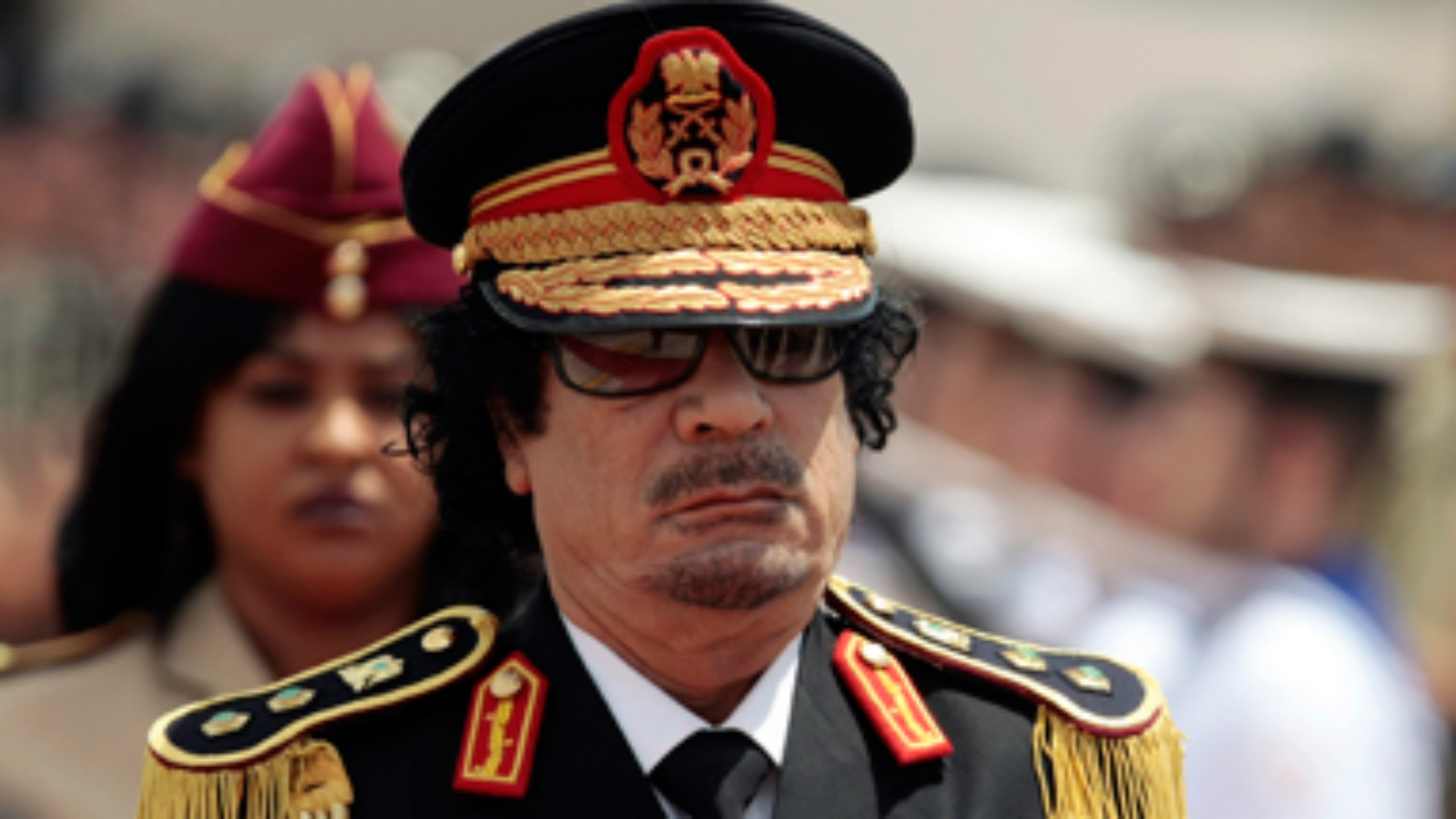On January 16, 1970, four months after leading a revolt that ousted King Idris 1’s governance, Gaddafi became the chairman of the Revolutionary Command Council, the then ruling governing body. Muammar Gaddafi, the energetic and brilliant 27-year old colonel, had formed the Libran Arab Republic on September 1, 1969, and assumed the role of Libran Prime Minister after forcefully ousting Civilian Lawyer, Mahmud Suleiman Maghribi.
Following after, a group of 70 young, energetic military officers, named as Free Officers Movement, seized the Libyan Government. The Bloodless coup that occurred in Benghazi took only two hours.
The anti-Western dictatorship leader-style blending Arab nationalism, Islamic orthodoxy, and revolutionary socialism enabled Gaddafi to exercise Jewish and Italian Libyans. Gaddafi used the same leadership methods and military machinery to remove British and U.S. military bases from Libya.
Later the same year, Muammar Gaddafi issued his initial version of the Green Book. This masterpiece explained capitalism and liberal democracy issues and how his philosophy was the much-anticipated solution. After attaining power, Gaddafi cut ties with Western countries and strengthened relations with African and Middle East countries. Using military forces, Gaddafi compelled the foreign petroleum companies controlling the oil reserves in Libya to renegotiate the contracts. That saw Libya become the first-ever developing country to win better deals from its oil production.
Gaddafi’s power entry style was inspired by Gamal Abdel Nasser, the then Egyptian President. They both used the same regional Arab nationalism pattern of taking Presidency roles after being in the Military for years.

